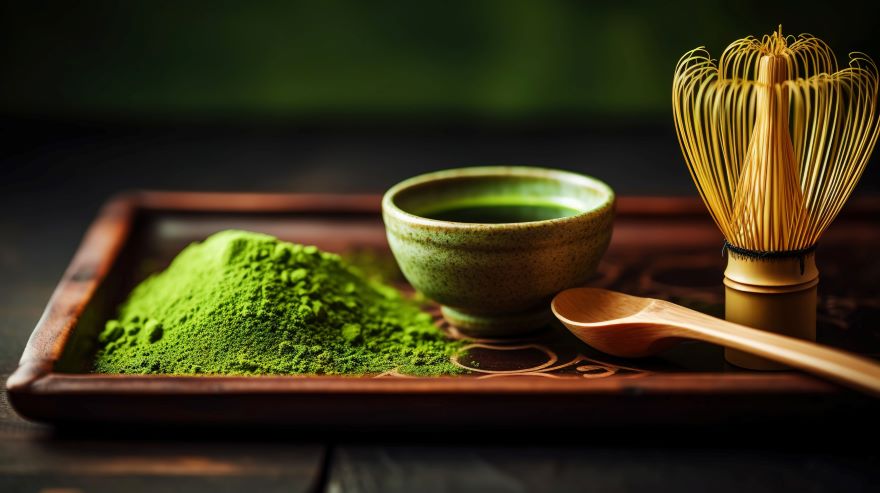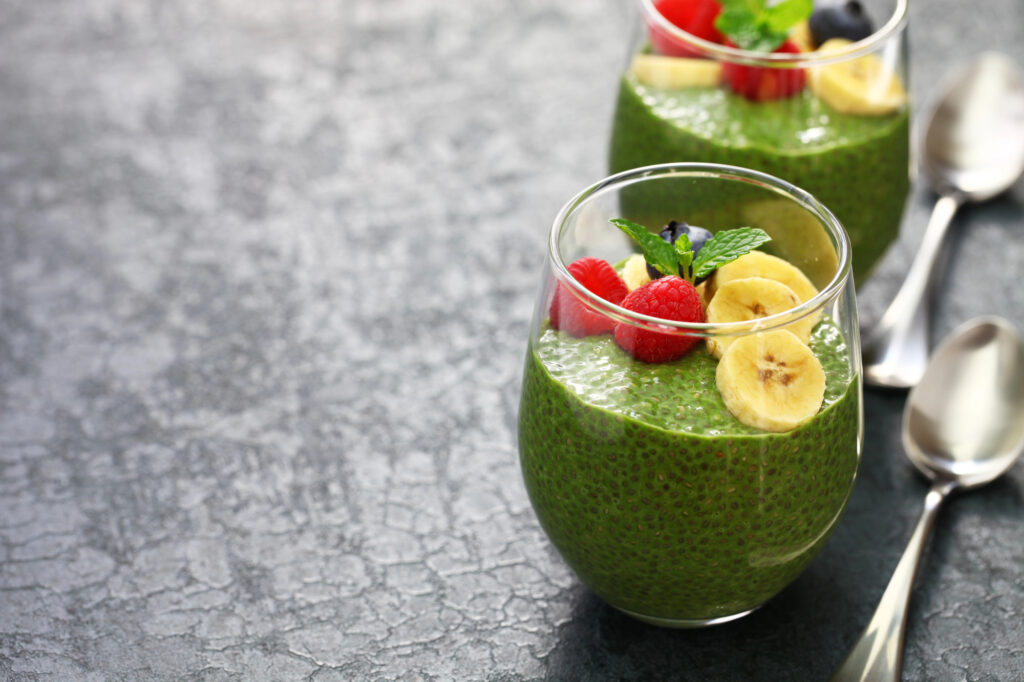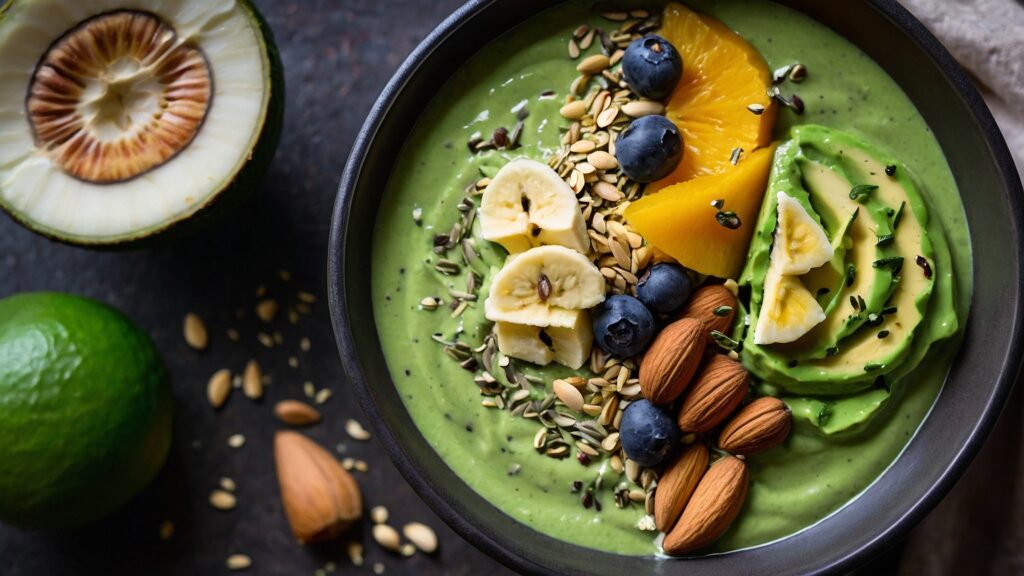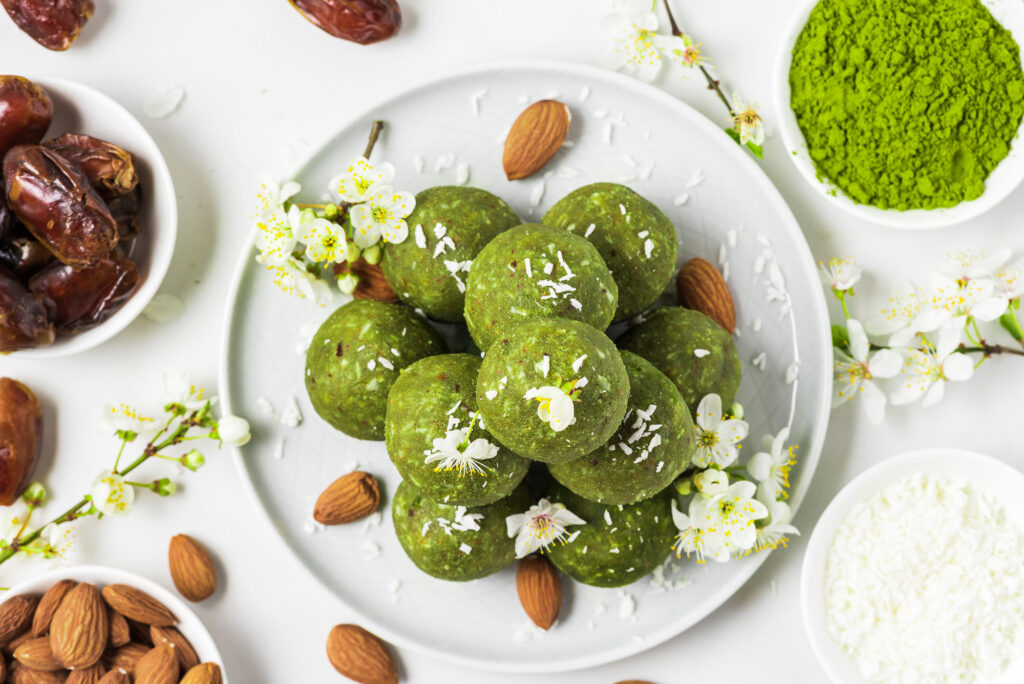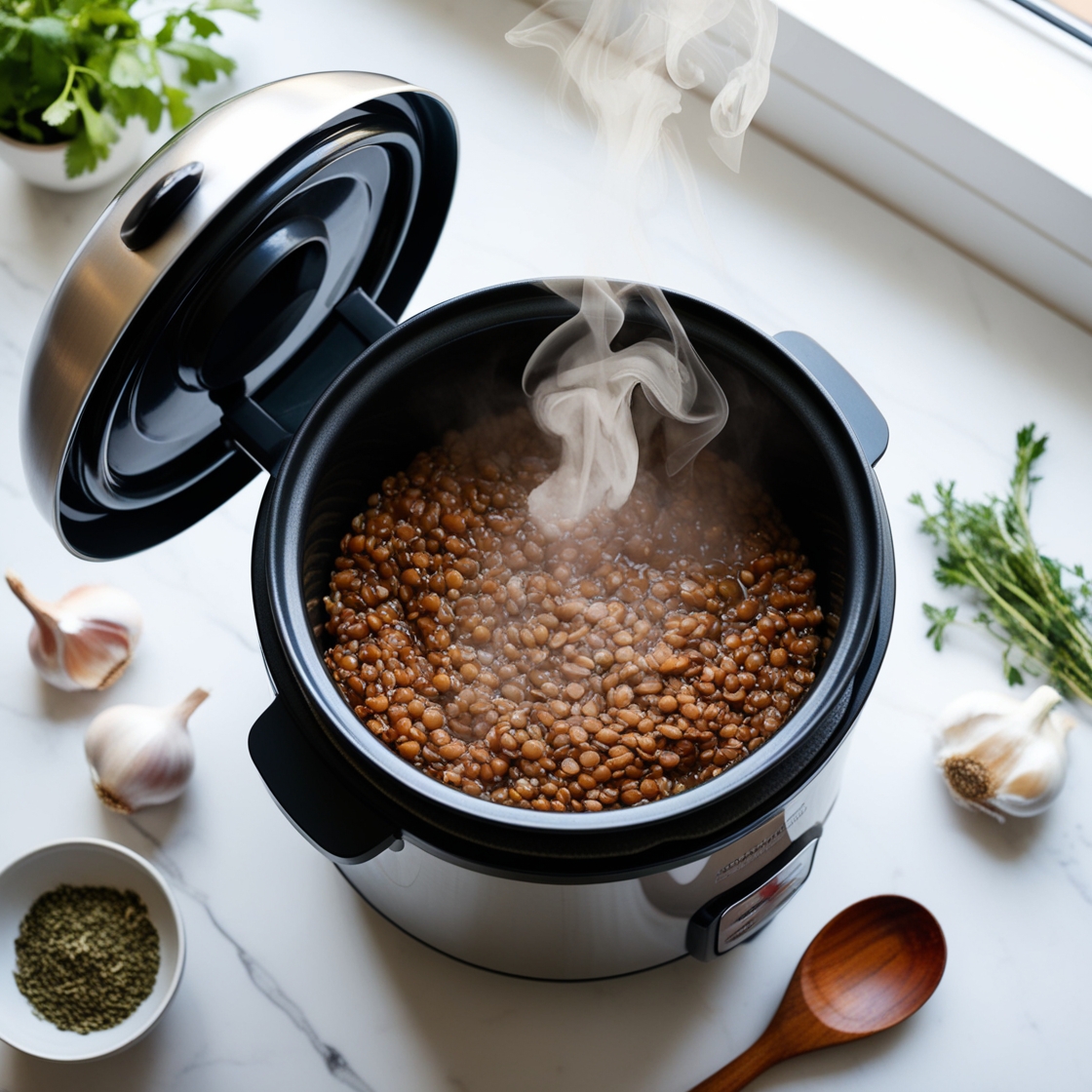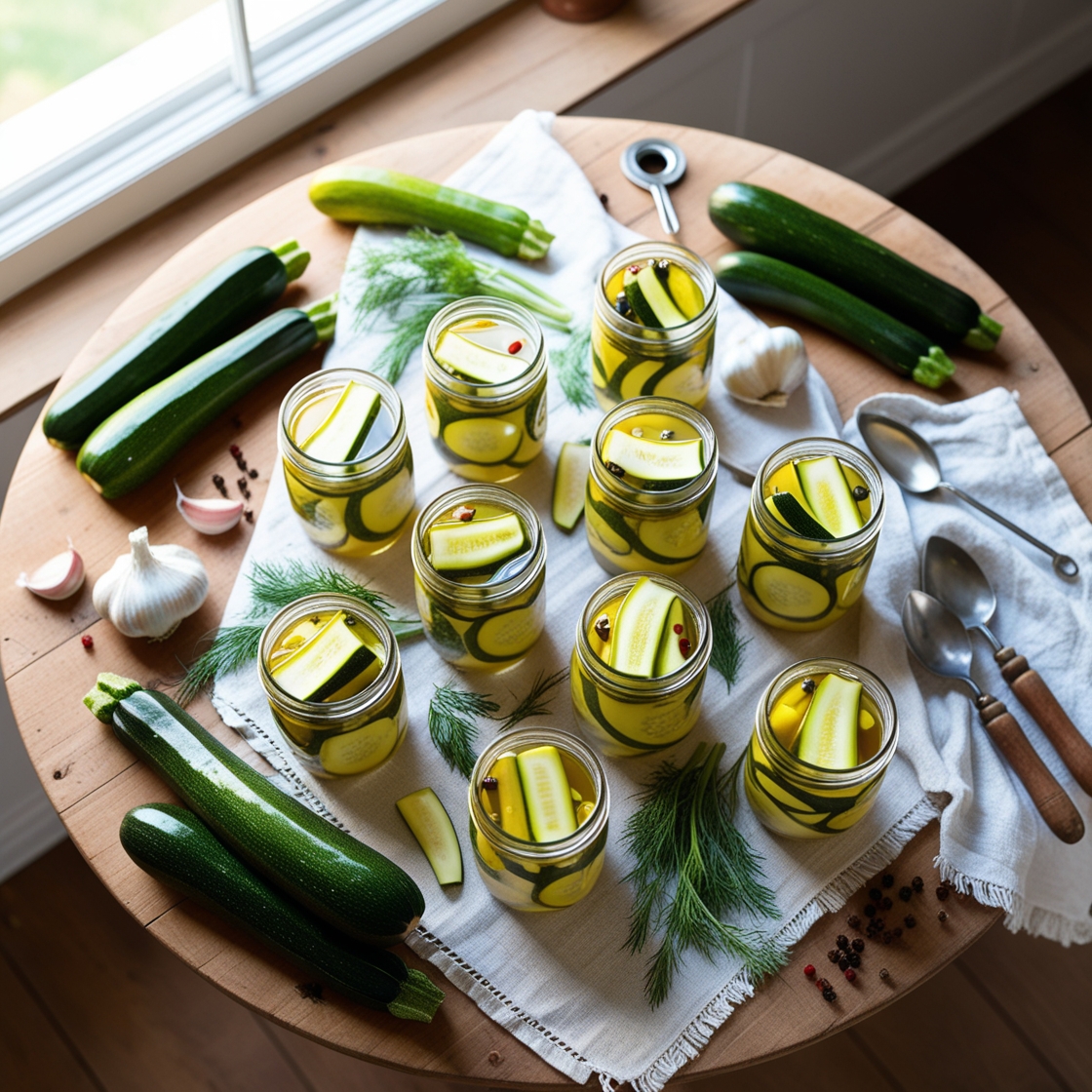Matcha has been a staple in Japanese culture for centuries, but in recent years, it has gained popularity across the globe for its rich flavor and numerous health benefits. As a finely ground green tea powder, matcha offers a unique experience for tea enthusiasts and health-conscious individuals alike.
Matcha derives from the same plant as green tea – Camellia sinensis. However, the unique growing and processing methods contribute to its vibrant green color, distinct taste, and unparalleled nutritional profile. Rich in antioxidants, vitamins, and minerals, matcha has garnered a reputation as a superfood, making it a popular ingredient in smoothies, baked goods, and even skincare products.
Key Takeaways
- Japanese culture has a rich history with matcha, a finely ground green tea powder.
- The unique growing and processing methods result in matcha’s vibrant color, distinct taste, and nutritional profile.
- Praised as a superfood, matcha is rich in antioxidants, vitamins, and minerals and has versatile uses in food and cosmetics.

Historical Perspective of Matcha
When I think about matcha, it reminds me of its deep-rooted history in Japan. Originating from the Camellia sinensis plant, matcha has been an essential part of Japanese culture for centuries. It all began with the traditional tea ceremony, a peaceful and meditative process where matcha was prepared and consumed with precision and mindfulness (source).
There are two main types of matcha: ceremonial grade and culinary grade. As the name suggests, people exclusively use ceremonial grade matcha in traditional tea ceremonies. This high-quality, vibrant green powder derives from the youngest tea leaves, ensuring a fine texture, delicate flavor, and minimal bitterness. Conversely, people typically use culinary grade matcha for cooking and baking. It’s slightly coarser and less vibrant in color but still packed with healthy antioxidants and nutrients.
Over the years, matcha has gained popularity beyond Japan, evolving into a global superfood phenomenon. The unique processing of the Camellia sinensis leaves, which involves shade-growing, hand-picking, and stone-grinding, results in a powder rich in antioxidants, vitamins, and minerals.
In the past, people also consumed matcha outside of tea ceremonies, showcasing its versatility and adaptability to various lifestyles. This historical context is essential to appreciate the contemporary boom of matcha in various forms, such as lattes, smoothies, and desserts (source).
As I delve into the rich history of matcha, I can’t help but admire the meticulous preparation and attention to detail that goes into creating this ancient yet timeless beverage. The transition from traditional tea ceremonies to modern adaptations highlights the enduring essence of matcha and its continued significance in our lives.
What Is Matcha
As a fan of superfoods, I’ve come across a fantastic one: matcha. It’s a type of green tea, but with a twist. Matcha derives from the Camellia sinensis plant, just like regular green tea. However, the processing and cultivation methods differ, which sets matcha apart and gives it its unique properties.
When I first tried matcha, I noticed it was in the form of a fine powder. Unlike traditional green tea, which brews from whole leaves, matcha obtains by grinding the leaves into a powder. This powdered green tea carries a vibrant green color and has a slightly sweet taste. Moreover, it has a creamy texture when prepared, which I find delightful.
One of the things I learned about matcha is its unique cultivation process. About three weeks before harvest, farmers shade the Camellia sinensis plants from direct sunlight. This step boosts chlorophyll levels, giving matcha both its rich color and its impressive nutrient profile.
In my experience, incorporating matcha into my diet has been incredibly easy. From whisking it into hot water for a traditional matcha tea to blending it into smoothies and lattes, matcha powder can easily become an essential part of a healthy lifestyle.
Health Benefits of Matcha
I have found the numerous health benefits associated with matcha, an increasingly popular superfood, to be intriguing. One thing I have noticed during my research is that matcha seems to have a significant impact on boosting our antioxidant levels .In fact, research has found that it possesses more antioxidants than most other superfoods, including blueberries and spinach. This is important because antioxidants help protect our cells from damage caused by free radicals, which can lead to various diseases like cancer.
Here’s what I learned about the amino acid L-theanine, which contributes to the unique properties of matcha.L-theanine is associated with improving cognition and inducing a calmer state of mind. Furthermore, this amino acid is known to enhance focus, memory, and learning while also reducing stress.
Next, I delved into the relationship between matcha, nutrition, and weight loss. Matcha contains a powerful catechin called EGCG (epigallocatechin gallate), which research has linked to assisting in weight loss due to its fat-burning properties. Additionally, matcha can enhance metabolism and increase energy expenditure, which helps with overall weight management.
As I continued my research, I discovered that matcha can also have a positive impact on heart health. It’s been shown to lower cholesterol levels and lower the risk of heart disease. This is mainly due to its ability to reduce oxidative stress and inflammation, which are key factors in the development of cardiovascular diseases.
Lastly, I found that matcha can have benefits for our skin as well. It aids in managing the signs of aging and preventing damage caused by UV radiation. Furthermore, its anti-inflammatory properties contribute to reducing skin redness and irritation.
Preparation and Consumption of Matcha
When making matcha tea, I find it essential to gather the right tools and ingredients. First, measure out the appropriate amount of matcha powder. A typical serving is about 1-2 grams (1/2 to 1 teaspoon) of matcha. Next, have a tea bowl, a bamboo whisk, and hot water (ideally at a temperature of 160-180°F) ready.
Enhance your matcha ritual with a traditional ceramic matcha bowl. A well-crafted chawan provides the perfect vessel for preparing and enjoying your matcha tea.
- A Professional Tool. If you are a matcha tea lover, you must need something to whisk it for a better taste. Matcha bowl is a professional tool of matcha preparation.
- Convenient to use. The bowl with spout, you can pour matcha into your cup easily and will not spill out everywhere. Made in 1300 degrees Celsius to remove any hazardous substances.
- Handcrafted Matcha tea bowl. Finished items will have variations in color and size since each piece is handcrafted and unique.
- The Chawan measures is approx: 6.1"in diameter and 2.76" in height. Used both for Matcha preparation and as a drinking bowl.
- Natural tan colors and vintage Design. Beautiful vintage style for you to relax and enjoy your tea time.
To prepare the matcha tea, I begin by warming the tea bowl with hot water. After emptying the water and drying the bowl, I add the measured matcha powder. Gradually pour the hot water over the matcha, until you reach the desired consistency. Usually, about 2 ounces (60ml) of water is enough for a thick, frothy tea.
Using the bamboo whisk, I whisk the mixture in a zig-zag motion. It’s essential to whisk briskly until the matcha becomes frothy. During this process, the mixture incorporates air, resulting in a smooth, creamy foam on top. The key is to achieve a rich, velvety texture.
For the authentic matcha experience, a bamboo whisk is essential. A high-quality bamboo whisk helps create the perfect frothy consistency in your matcha tea.
- HEIGHTEN YOUR MATCHA TEA EXPERIENCE: Whisk up a delicious cup of frothy lump-free matcha with our 100% Bamboo Matcha Tea set and enjoy the authentic ceremonial matcha experience. The handcrafted pronged whisk produces the best crema and froth. The scoop measures the perfect amount of powder. The spoon is for stirring your matcha when it settles.
- MATCHA TEA AT ITS BEST: Taste the difference. Conventional metal whisks leave you with bitter-tasting tea. Comparatively, our bamboo whisk provides a much better, more delicious flavored tea. Our pronged whisk is engineered to create optimal agitation and crafted in the perfect shape to whisk up a frothy cup of tea effectively.
- UNIQUE GIFT IDEA: The BambooWorx Matcha Set makes a beautiful and useful gift. This kit makes it very easy to adopt matcha as a lifestyle beverage. Impress your loved ones by sharing a kit that allows them to prepare the most naturally beneficial drink in the world. Complete tea making and product care instructions are included.
- 100% NATURAL & FOOD-SAFE: The entire set is constructed of all-natural bamboo. No mysterious varnishes or other chemicals were used in this product. It is made from 100% bamboo with a vegetable oil finish to enhance its durability. The high quality makes it sturdy and durable.
- THE BAMBOOWORX PROMISE: It all starts with natural bamboo – innovated and designed to perfection so every BambooWorx product is created with you in mind.
For those who prefer a milder taste, a matcha latte can be a delightful alternative. To make a matcha latte, I follow the same preparation steps as for the matcha tea, but after whisking the matcha and water together, I add steamed milk or a milk alternative (such as almond or oat milk). You can adjust the ratio of matcha to milk according to your personal preference.
In addition to matcha tea and lattes, there are countless other ways to incorporate matcha into your diet, such as adding it to smoothies, baked goods, or even sprinkling it over yogurt or oatmeal.
When selecting a matcha powder, it’s essential to choose a high-quality, organic product to ensure the best taste and maximum health benefits. The Jade Leaf Organic Matcha Green Tea Powder is an excellent choice for those looking to incorporate matcha into their diet. This culinary-grade matcha is sourced from Japan and is perfect for use in smoothies, baked goods, or traditional matcha tea preparation. Its affordable price and 30g size make it an accessible option for both matcha enthusiasts and those new to this superfood.
- PREMIUM ORGANIC JAPANESE MATCHA: Enjoy more of our top-tier ceremonial grade matcha with our convenient 1.06 oz / 30 g pouch. Perfect for daily matcha lovers, enthusiasts, and those new to the ritual. Indulge in this exceptional blend, which offers a smooth, balanced flavor profile with subtle nutty notes and floral sweetness.
- FRESH AUTHENTIC MATCHA: Sourced directly from the pristine tea fields of Uji and Kagoshima, Japan, where less than 1% of tea fields in Japan are certified organic. Our matcha is stone-ground to perfection, preserving its vibrant green color and rich flavor.
- BENEFITS: Our most premium blend of ceremonial first harvest tea leaves is crafted for the highest-quality matcha beverages. Matcha powder contains antioxidants which have been shown to promote overall health and wellbeing and has naturally occurring caffeine and L-theanine believed to provide jitter-free energy without the crash.
- CERTIFICATIONS: USDA Organic, Japanese Matcha, Farm-Direct, Vegan, Gluten-Free, Dairy-Free, Keto Friendly
- FLAVOR PROFILE: Exceptionally Smooth with Light, Nutty Notes & Floral Sweetness, and with 30-40mg of caffeine per serving, it's less caffeine than an 8 ounce cup of coffee.
Whichever way you choose to consume matcha, remember that preparation and consumption are essential aspects of the matcha experience. By incorporating this superfood into your daily routine, you can enjoy its numerous health benefits and savor its unique, rich flavor.

Choosing Quality Matcha
When it comes to matcha, quality is of utmost importance, and I always consider a few factors in order to ensure that I am getting the best product possible. Let me share with you some tips on how to choose high-quality matcha that will be both delicious and healthy.
First and foremost, I pay close attention to the source of the matcha. High-quality matcha usually comes from Japan, where tea farms have a long history of cultivating this unique variety of green tea. It is essential to choose an organic matcha whenever possible. This helps reduce the risk of ingesting harmful substances such as lead or pesticides, which can be present in non-organic products.
Next, I always look for the different grades of matcha to make sure I am selecting the best variety for my needs. There are two main grades: ceremonial grade and culinary grade. Ceremonial grade matcha is typically higher in quality and made from the finest tea leaves. It is best for enjoying in traditional tea ceremonies or sipping on its own. Conversely, culinary grade matcha is meant for use in cooking and baking, providing affordability while still offering a host of health benefits. Knowing the purpose behind my matcha purchase helps me pick the right grade for my needs.
Lastly, I focus on the appearance and aroma of the matcha. High-quality matcha should have a vibrant green color and a fine, smooth texture. It also should emit a fresh, grassy aroma – much like freshly cut grass or a shade-grown tea leaf. If the matcha is dull in color, coarse in texture, or lacking a pleasant scent, it is likely of lower quality and not worth my investment.
In conclusion, by paying attention to the source, grade, appearance and aroma of matcha, I can confidently select a high-quality matcha powder to enjoy as a superfood in my daily routine. Remember, the quality of matcha you choose will greatly impact not only its taste and potential health benefits, but also the overall experience. So, it’s worth investing in a top-notch product to truly savor and appreciate this unique Japanese superfood.
Concerns and Precautions for Matcha Consumption
Many praise matcha for its numerous health benefits, including its antioxidant content and its support for weight loss. However, it’s important to be aware of some concerns and precautions associated with matcha consumption. In this section, I’ll discuss potential issues that you should be cautious about when consuming matcha.
Firstly, matcha contains caffeine, which can present problems for those sensitive to its effects. While it generally contains less caffeine than a cup of coffee, it still provides roughly 30 to 50 milligrams per serving. To avoid any potential adverse reactions, it’s essential to monitor your daily caffeine intake, as consuming too much can lead to anxiety, sleep disturbances, and other side effects.
Another concern about matcha consumption, especially for those using it for weight loss, is that they shouldn’t consider it a miracle solution. Matcha can support weight loss efforts, but shouldn’t replace a balanced diet and regular exercise. Remember that achieving and maintaining a healthy weight requires a combination of healthy habits and not just the addition of one superfood.
Additionally, some studies have found trace amounts of lead in matcha powders. While the contamination levels are generally low, it can still be a cause for concern. To ensure you’re consuming a safe product, make sure to choose high-quality, organic matcha from a reputable source.
Lastly, it’s worth noting that matcha may have an impact on your LDL cholesterol levels. Some studies have suggested that green tea consumption can help lower LDL cholesterol. However, the evidence is mixed, and more research is needed to confirm these findings. As always, it’s essential to consult with your healthcare provider before making any significant changes to your diet or incorporating matcha as a remedy for managing cholesterol levels.
In conclusion, while matcha is a superfood with various health benefits, it’s crucial to be aware of potential concerns and precautions associated with its consumption. By carefully selecting your matcha products and finding the right balance for your personal needs, you can enjoy its benefits without compromising your health.

Conclusion
In my journey to understand matcha as a superfood, I have come across numerous benefits it offers to health-conscious individuals. I found that one of the key reasons people choose matcha over other green powders is its convenience and versatility. It can be easily incorporated into daily diets through a simple cup of tea, smoothies, or even baking. One compelling benefit I discovered is that matcha powder is nature’s original superfood.
Matcha not only provides a caffeine boost but is also rich in antioxidants and other beneficial compounds. It’s important to note, however, that not all matcha powders are created equal. Quality plays a significant role in the overall effectiveness and taste of matcha. So, I suggest being careful while choosing a matcha powder to ensure you’re getting the best possible product.
While researching the environmental implications of matcha production, I learned that the sustainability of superfoods cannot be fully concluded. That being said, it’s essential for us to consider the journey of our food from farm to table and make informed choices that positively impact our health and the environment.
To sum up my exploration of matcha as a superfood, I now have a better understanding of its numerous health benefits, versatility, and the factors to consider when choosing a quality product. I hope this knowledge will help others who are seeking to make healthier and well-informed diet choices.
Check out these tasty recipes
Frequently Asked Questions
What are the top health benefits of matcha?
As a superfood, matcha has numerous health benefits that I’ve experienced firsthand. It’s packed with antioxidants, which help fight free radicals in the body. Additionally, matcha provides a natural energy boost without the jitters or crashes that coffee can cause, thanks to its unique combination of caffeine and L-theanine. I’ve also noticed that it enhances my concentration and focus, making it ideal for starting my day or important tasks.
How does matcha improve skin health?
I’ve personally found that matcha can work wonders for the skin. The antioxidants present in matcha, particularly catechins, have anti-inflammatory properties that may help combat acne, redness, and other skin issues. Matcha also contains EGCG, a powerful antioxidant known for promoting skin elasticity and slowing signs of aging.
How to choose the best quality matcha powder?
When I buy matcha powder, I consider factors such as color, origin, and processing method. Choose vibrant green matcha powder from Japan for its high quality and superior production standards. I also opt for ceremonial-grade matcha, which is considered the purest and highest quality, making it ideal for consumption.
What is the best way to prepare a matcha latte?
For a delicious matcha latte, I sift 1 teaspoon of matcha powder into a bowl to remove clumps. Whisk the mixture with 2 ounces of hot water (not boiling) until frothy using a bamboo whisk or electric frother. Next, I heat 6 ounces of milk (or a non-dairy alternative) and pour it into the matcha mixture, stirring gently. If desired, a sweetener can be added to taste.
How does matcha compare to other superfoods?
Matcha stands out among other superfoods due to its unique blend of health benefits. Matcha offers a balanced blend of energy, focus, and antioxidants, unlike other green powders like spirulina and wheatgrass. Its versatility allows easy inclusion in daily routines through various beverages and recipes.
Is it safe to consume matcha daily?
Based on my experience and research, consuming matcha daily is generally safe for most people. However, it’s important to keep moderation in mind, as excessive caffeine consumption can lead to potential side effects. Consulting a healthcare professional or dietitian can help determine the best approach for individual dietary needs.
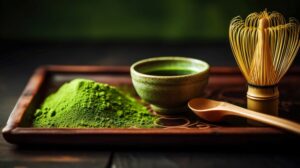
*We may earn a commission for purchases made using our links. Please see our disclosure to learn more.

